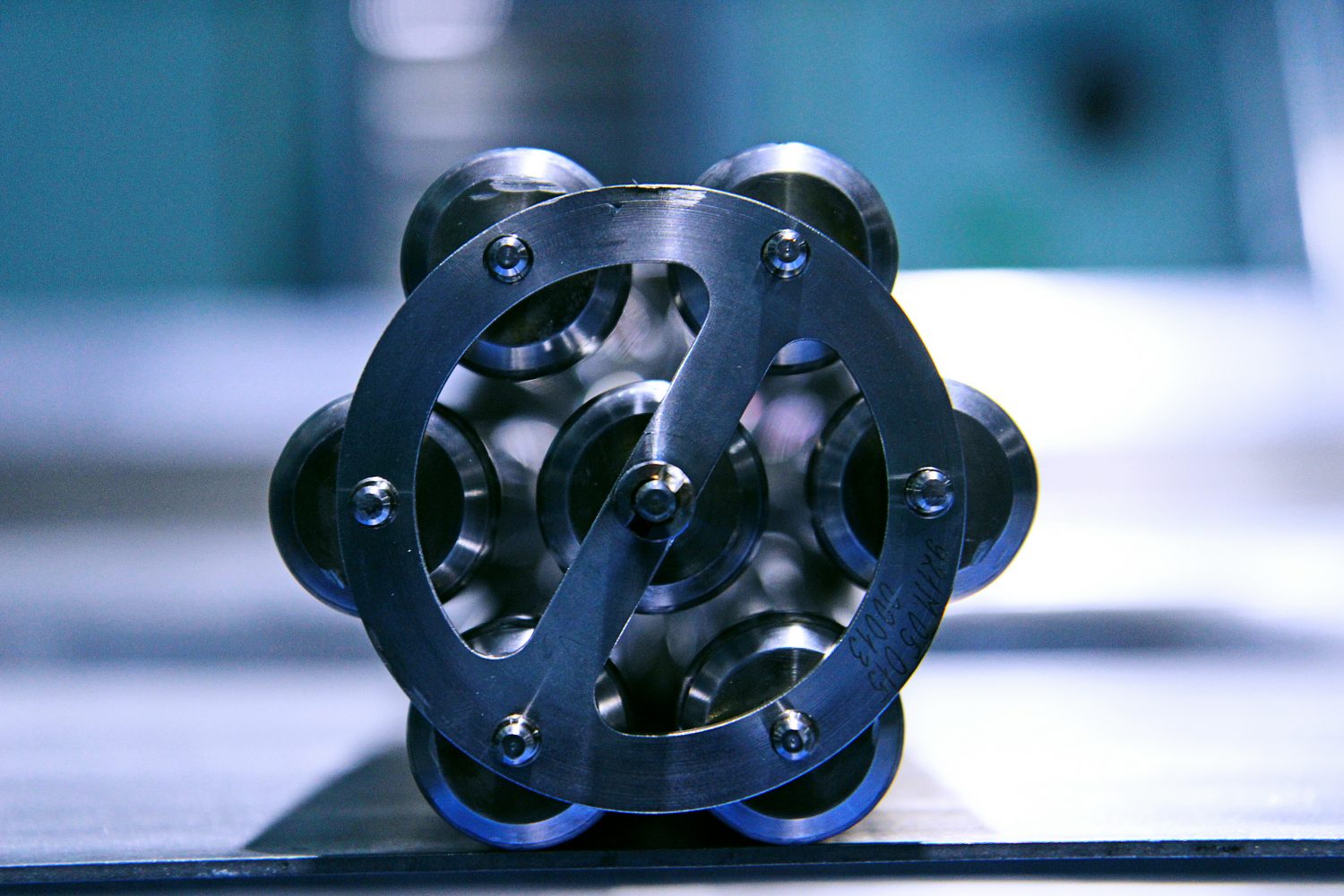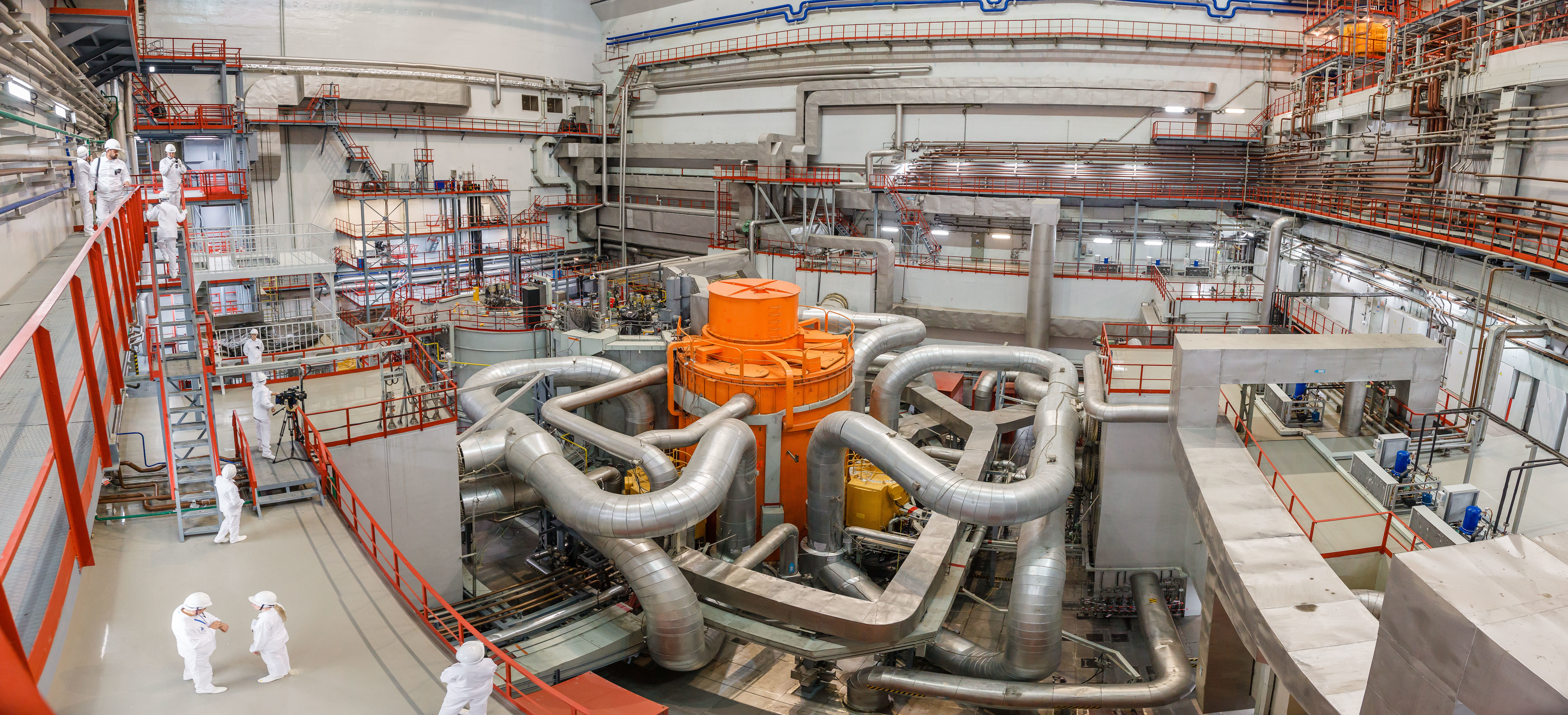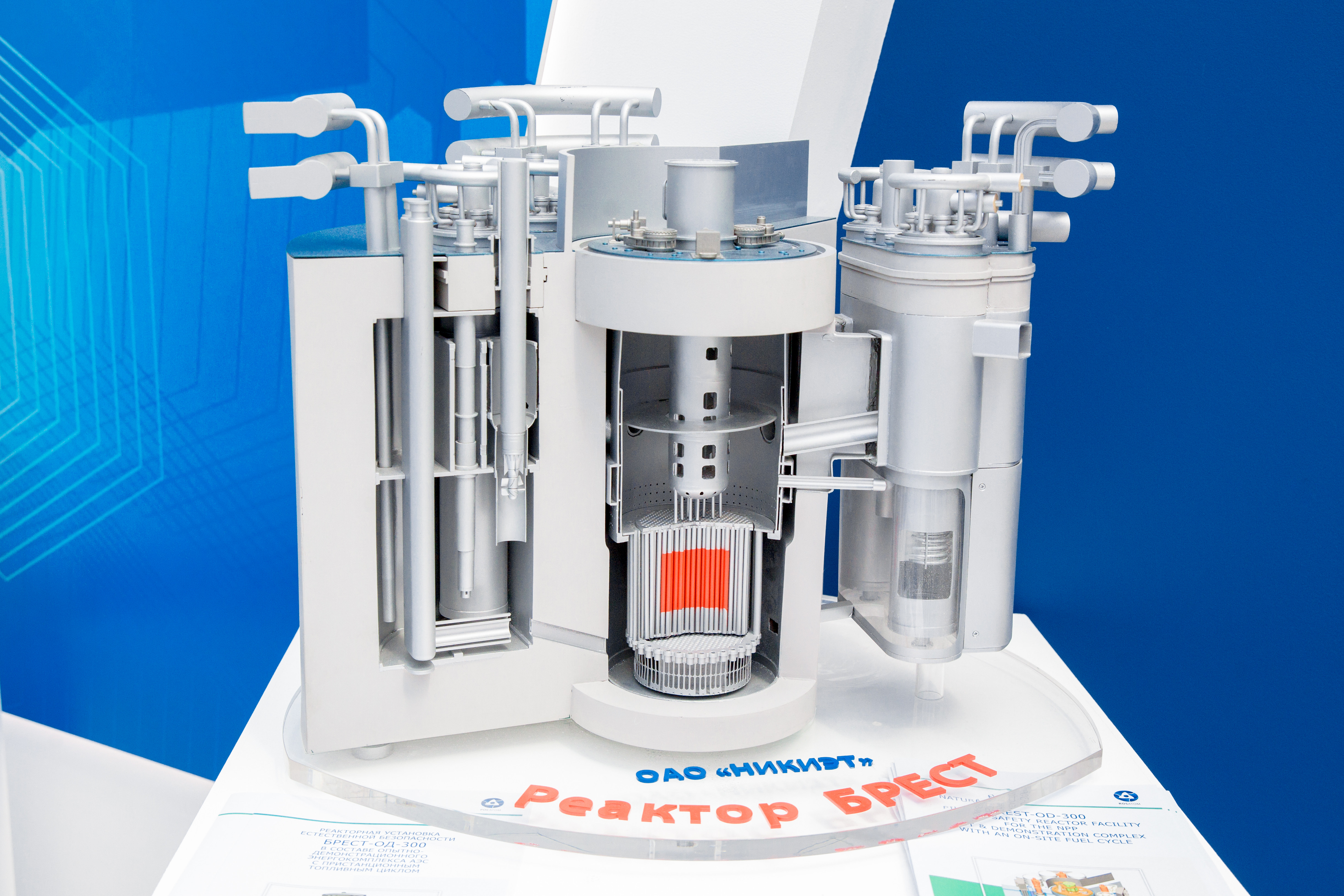
Nuclear Energy Becomes Renewable
back to contentsIn 2022, the BN-800 reactor at Beloyarsk NPP Unit 4 will be running entirely on mixed uranium-plutonium oxide fuel (MOX fuel) for the first time in history of the Russian nuclear industry. This will be an important step towards ‘closing’ the nuclear fuel cycle.
MOX fuel and breeders
Conventional thermal reactors use nuclear fuel, in which only U-235 nuclei are involved in the fission reaction.
MOX fuel pellets are made of plutonium oxide extracted from spent nuclear fuel, and uranium oxide produced from depleted uranium hexafluoride (tailings of the uranium enrichment process). In other words, the new fuel is fabricated using waste from the irradiation process and waste from the enrichment process. MOX fuel is loaded into fast reactors. In Russia, it is BN-800.
The use of fast reactors in combination with conventional thermal reactors (“the two-component scheme”) addresses several challenges. “First, we will have a wider range of materials that could be used to make nuclear fuel. Second, we will be able to re-use spent nuclear fuel (after reprocessing) instead of storing it. Third, we will be able to dispose of large accumulated amounts of depleted uranium hexafluoride and plutonium,” Vitaly Khadeev, Vice President for Closed Nuclear Cycle Technology at Rosatom fuel division explained. Another advantage of fast reactors is their ability to burn fission products and minor actinides, highly radioactive isotopes of transuranium elements. Burning helps decrease their radioactivity.
According to expert estimates, repeated reprocessing of the same material extends its use in the fuel cycle 100-fold. This figure is not pulled out of a hat: there is less than 1% of U-235 in uranium occurring in nature, while tailings contain 100 times more of U-238. Even rough estimates show that if the amount of uranium produced over a 10-year period is used in the closed fuel cycle, it will be sufficient for 1,000 years.

In fact, the repeated use of the same material in the power generation cycle makes it a renewable source of energy. Mikhail Chudakov, the IAEA deputy director general, believes that the use of two-component scheme (breeders and thermal reactors) allows designating nuclear a renewable energy source, “First, breeders produce materials that can be further used in a chain reaction. And second, fast reactors are needed to burn man-made minors, i.e. minor actinides.”
Nuances of technology
Rosatom is working on two technologies of the closed nuclear fuel cycle. The technology based on using MOX fuel in breeders is being put into practice, step by step. MOX fuel for the BN-800 reactor is fabricated at the Mining and Chemical Plant. The first 18 fuel assemblies were loaded into the reactor in January 2020. Another 180 assemblies will be loaded in 2020. It is expected that the loading of MOX fuel will be completed in the first halve of 2022, enabling BN-800 to run entirely on the mixed oxide fuel.
The second technology is dubbed ‘Proryv’ (Russian for ‘breakthrough’). For the technology to be mastered, Rosatom will build a dedicated pilot center that will consist of a fuel fabrication/re-fabrication department, a spent fuel reprocessing section, and a lead-cooled fast neutron reactor, BREST-OD-300 (a Russian acronym for ‘300 MW passively safe pilot demonstration fast neutron reactor’). Unlike sodium-cooled BN-type reactors, BREST uses lead as coolant.
The BREST design provides for the reactor core to be placed in a concrete pool filled with liquid lead. Steam generators and primary loop circulation pumps are also placed inside a pool. Nuclear fuel heats lead, which then flows to the steam generator and transfers heat to water in the secondary loop.
The lead coolant and the reactor design make it possible to use a smaller containment and a smaller core catcher and make many auxiliary systems redundant. The integral design (the core and steam generators in a single pressure vessel) enables bringing coolant leaks under control and excludes loss-of-coolant accidents. BREST will use mixed uranium-plutonium nitride (MUPN) fuel. As the name implies, this fuel contains a blend of nitrides, not oxides.
Construction of the fuel fabrication/re-fabrication department will be finished in 2022. Its equipment is already being installed. BREST-OD-300 is planned to be put into operation in 2026, and the spent fuel reprocessing section at the end of the decade.

Rosatom’s initiatives aimed at closing the nuclear fuel cycle remind us of the words of Anatoly Zrodnikov, the former director of the Institute of Physics and Power Engineering (part of Rosatom), 13 years ago, “What will the closed fuel cycle give us? (…) The answer is very interesting in philosophical terms. Initial raw materials become almost inexhaustible – they will suffice for a very long, historically meaningful period, say, more than 1,000 years. And we can fabricate as much secondary fuel as we need. In other words, power generation will not depend on limited resources, but on technology and intellectual assets, which are reproducible. Ultimately, this will mean that nuclear energy has become a fully renewable source.”




